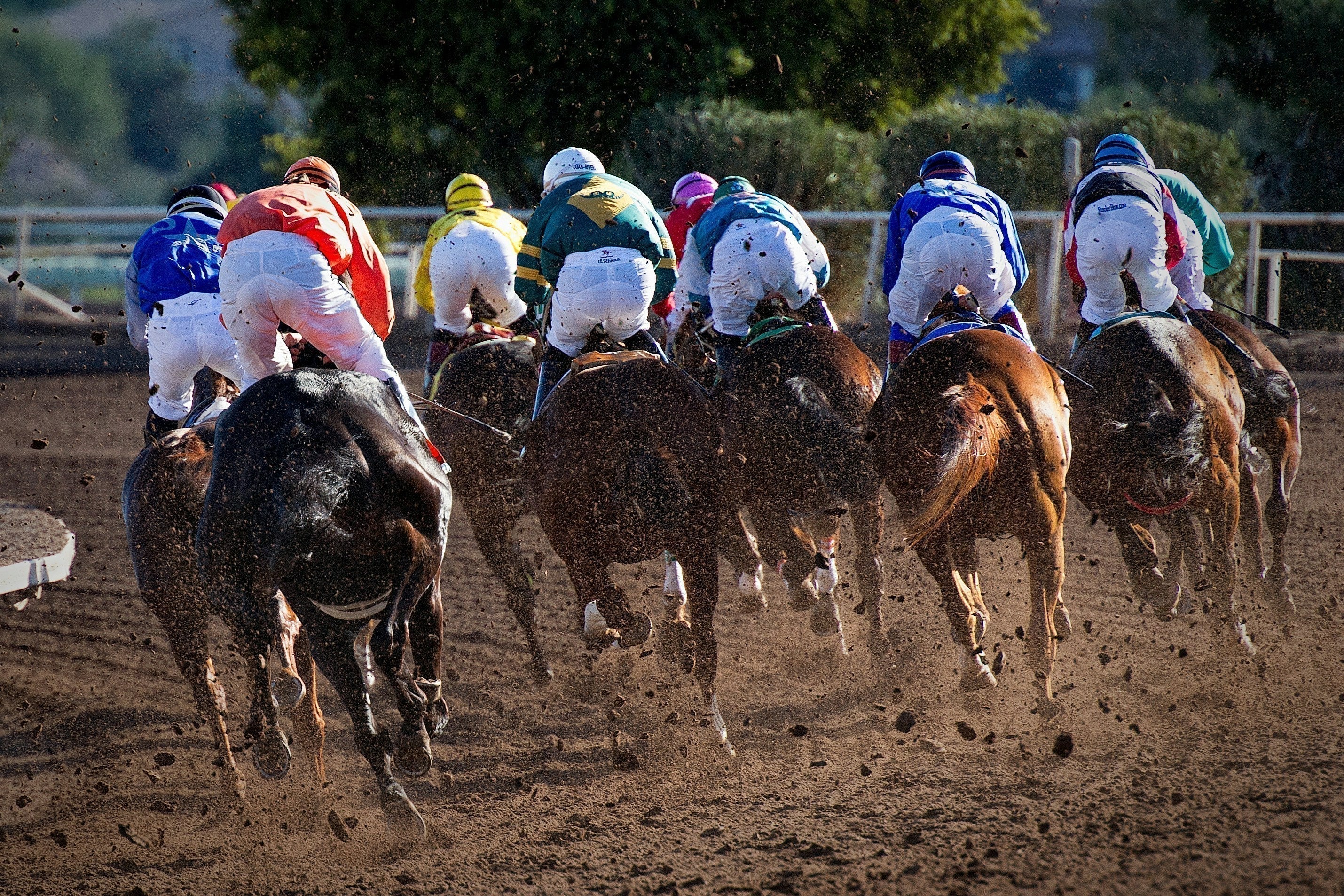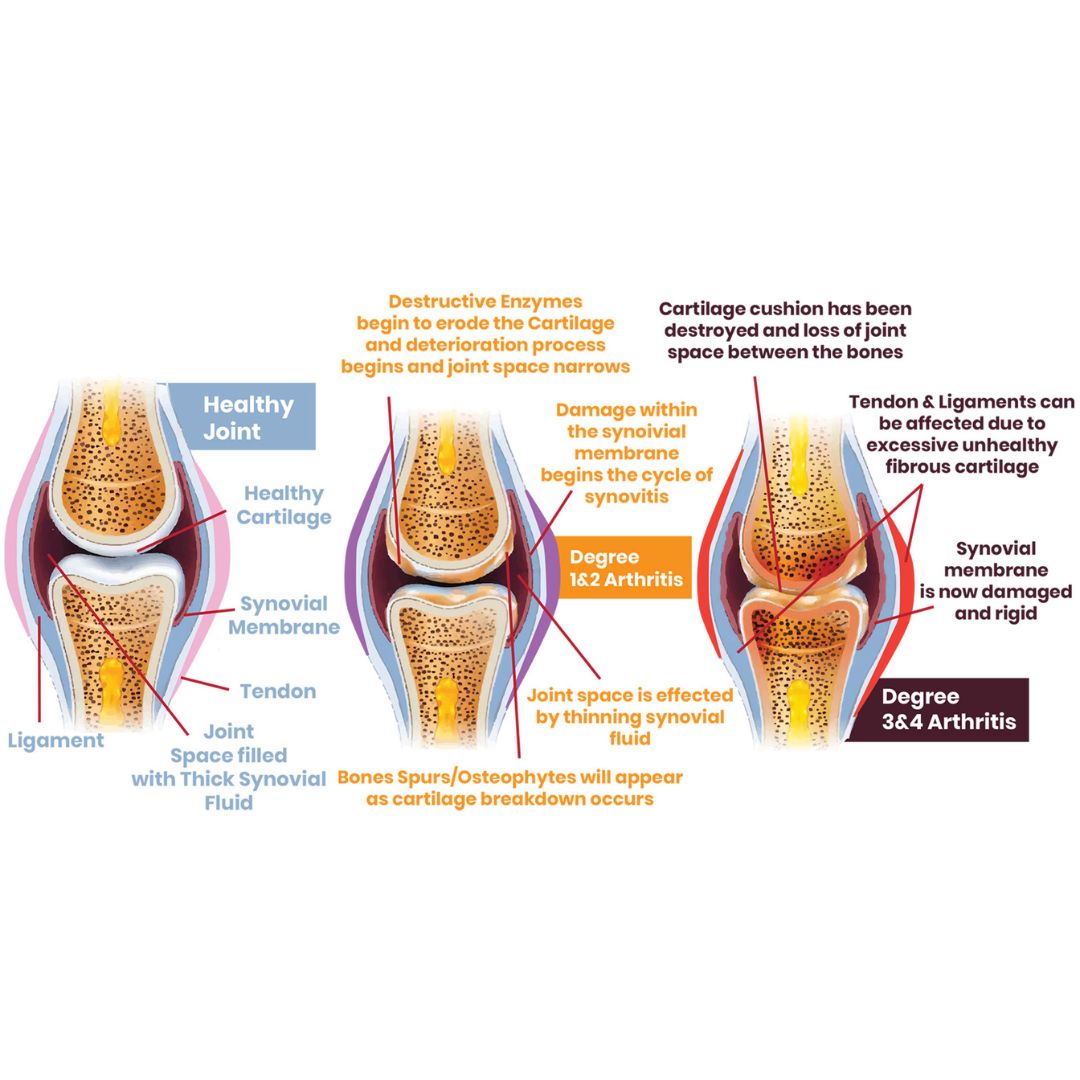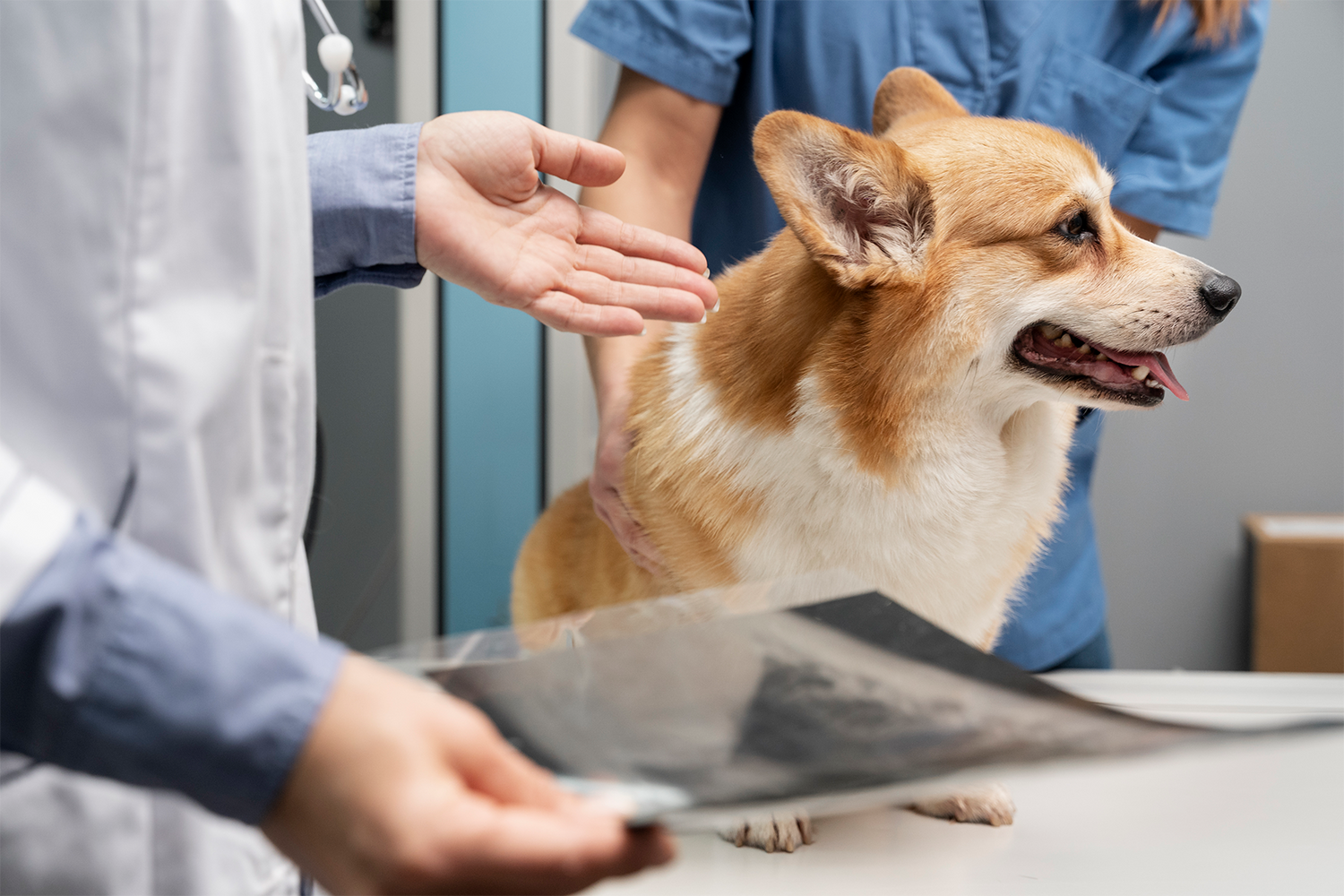Fractures are a common and serious injury in horses, particularly in racehorses and performance horses. These fractures affect the distal end of the third metacarpal (cannon bone in equine) or third metatarsal bone and can significantly impact a horse’s performance and future soundness. Understanding the causes, symptoms, diagnosis, treatment options, and prevention strategies can help horse owners and trainers make informed decisions about their horse’s health and recovery. These injuries often result from the immense strain placed on a horse’s legs during high-speed activities, making them a critical concern in equine sports medicine.
What is a Condylar Fracture?
A condylar fracture is a break that occurs in the lower portion of the cannon bone in equine. These fractures can be classified as:
-
Incomplete Fracture: A crack that does not extend through the entire bone. In many cases, these can be managed with rest and conservative treatment.
-
Complete Fracture: A full break that may or may not involve displacement. These are more severe and often require surgical intervention.
-
Lateral Condylar Fracture: More common and occurs on the outer aspect of the cannon bone in equine. Horses with this type of fracture often respond well to treatment if diagnosed early.
-
Medial Condylar Fracture: Less common but more severe, often spiraling up the bone. These fractures pose a greater risk of catastrophic breakdown if not addressed immediately.
Distal Femoral Condylar Fracture

Understanding the differences between these fracture types is crucial, as treatment plans will vary depending on the severity and location of the injury.
Causes of Condylar Fractures in Horses
Several factors contribute to the occurrence of condylar fractures in horses:
-
Repetitive Stress: High-impact activities, such as racing and jumping, can weaken the canine bone in equine over time. Constant pounding on the legs leads to small stress fractures, which can develop into full fractures.
-
Heat: Increased warmth in the affected area.
-
Poor Conformation: Structural imbalances in a horse’s legs can increase strain on the cannon bone in equine. Horses with long pasterns or weak fetlocks may be more prone to this type of injury.
-
Track or Surface Conditions: Uneven or hard footing can increase the likelihood of a horse condylar fracture.
-
Fatigue and Overtraining: Excessive workloads without adequate recovery can predispose horses to injury. Fatigued muscles provide less support to bones, increasing the likelihood of a horse condylar fracture.
-
Nutritional Deficiencies: Lack of proper calcium, phosphorus, and other essential minerals can weaken bone integrity. An unbalanced diet can lead to brittle bones that are more susceptible to fractures.
Signs and Symptoms of a Condylar Fracture
Early detection is crucial for a better prognosis. Symptoms include:
-
Sudden onset of lameness after exercise or competition, often appearing immediately after a race or intense training session.
-
Swelling and heat in the lower limb, particularly around the fetlock area, as the body responds to the injury with inflammation.
-
Pain upon palpation of the cannon bone, which may elicit a strong reaction from the horse.
-
Reluctance to bear weight on the affected limb, especially in cases of complete fractures.
-
In severe cases, visible deformity of the leg, which is an emergency requiring immediate veterinary attention.
Monitoring horses closely after intense exercise and addressing any signs of discomfort early can help prevent minor injuries from escalating into a condylar fracture in horse.
Diagnosing Condylar Fractures
Veterinarians use several diagnostic methods to confirm a condylar fracture in horse:
-
Clinical Examination: Evaluating lameness severity and limb response. This often includes a flexion test and observing the horse’s gait.
-
Radiographs (X-rays): Essential for determining the location and severity of the fracture. Multiple angles are typically required for a complete assessment.
-
CT Scan (in severe cases): Provides a more detailed image of complex fractures. This is especially useful for planning surgical repairs.
Early and accurate diagnosis is key to determining the most effective treatment plan and improving the horse’s chances of a full recovery.
Treatment Options for Condylar Fractures
The treatment approach depends on the type and severity of the fracture:
1. Conservative Management (For Incomplete Fractures)
-
Box Rest: Strict stall confinement to allow the bone to heal naturally. Movement should be minimized to prevent worsening of the injury.
-
Supportive Bandaging: Helps stabilize the limb and reduce swelling.
-
Proper Supplementation: OptiWize Health’s advanced equine supplement is formulated to promote bone healing, reduce inflammation, and support overall recovery following a condylar fracture in horse. OptiWize contains natural anti-inflammatory factors that can aid in reducing swelling and discomfort during the healing process. OptiWize can help support joint health, which is crucial when rehabilitating a horse after a fracture to prevent additional stress on the limbs. By integrating OptiWize into a horse’s recovery plan, owners and trainers can provide essential nutritional support to promote faster healing, minimize complications, and improve long-term soundness.
-
Pain Management: NSAIDs such as phenylbutazone to reduce inflammation and keep the horse comfortable.
-
Monitoring Progress: Regular veterinary check-ups and follow-up X-rays to ensure proper healing.
2. Surgical Intervention (For Complete Fractures)
-
Lag Screw Fixation: Screws are inserted to compress and stabilize the fracture, promoting faster healing.
-
Supportive Bandaging: Helps stabilize the limb and reduce swelling.
-
Plating (if necessary): For severe or displaced fractures, metal plates may be used to provide additional support.
-
Post-Surgical Care: Includes stall rest, controlled exercise, and regular follow-up radiographs. A gradual return to work is crucial to prevent re-injury.
Prognosis and Recovery
The recovery time varies based on the severity of the fracture and the treatment approach:
-
Incomplete fractures: Typically heal within 3-6 months, with a good prognosis if managed properly.
-
Complete fractures (without displacement): Helps stabilize the limb and reduce swelling.
-
Plating (if necessary): May take 6-9 months with a favorable prognosis, though rehabilitation is key.
-
Severe displaced fractures: Have a more guarded prognosis and may require longer rehabilitation. Some horses may not return to full athletic ability.
-
Rehabilitation: Gradual reintroduction to exercise under veterinary guidance, often starting with hand-walking before progressing to light work.
Preventing Condylar Fractures in Horses
While not all fractures can be prevented, several strategies can reduce the risk of condylar fractures in horses:
-
Proper Training Management: Avoid excessive strain and provide adequate rest periods. Cross-training can help reduce repetitive stress.
-
Surface Maintenance: Train on well-maintained and appropriately cushioned footing to minimize impact stress.
-
Nutritional Support: Preventing injuries like horse condylar fracture is just as crucial as treating them, and OptiWize plays a key role in maintaining strong, resilient bones and joints. By providing a balanced blend of collagen type II and nine other ingredients, OptiWize helps reinforce bone density, reduce inflammation, and support connective tissue health. This combination ensures that a horse’s skeletal structure can better withstand the repetitive stress of high-impact activities like racing, jumping, and roping. Additionally, the inclusion of glucosamine and chondroitin aids in joint lubrication and cartilage protection, reducing strain on the lower limbs. By integrating OptiWize into a horse’s daily diet, owners and trainers can proactively strengthen their horse’s musculoskeletal system, lowering the risk of stress fractures and improving long-term performance and soundness.
-
Regular Veterinary Check-Ups: Early detection of microfractures can prevent severe injuries through proactive management.
-
Supportive Leg Protection: Use of appropriate boots and bandages during intense activities can provide additional support.
Conclusion
Condylar fractures in horses are a serious concern for performance horses, but with early diagnosis, proper treatment, and effective rehabilitation, many horses can make a full recovery. By understanding what is a condylar fracture in horses, recognizing symptoms early and implementing preventive measures, horse owners and trainers can help maintain optimal bone health and longevity in their equine athletes. With advancements in veterinary medicine and surgical techniques, horses today have a better chance than ever at returning to their previous level of performance after injury.
Find out more about OptiWize for Horses
Learn more about different Equine Conditions
Research
Condylar Fracture Location is Correlated to Exercise History in Thoroughbred Racehorses
Authors: Thomas C. Bergstrom, Mathieu Spriet, Ryan S. Carpenter, Kevin L. Jacques, Susan M. Stover
Summary: This study investigates the relationship between the location of condylar fractures and the exercise history of Thoroughbred racehorses. The findings suggest that fractures located abaxial to the parasagittal groove (non-PSG) are associated with a more extensive exercise history compared to fractures within the parasagittal groove (PSG). This correlation implies differing mechanisms or predisposing factors based on fracture location.
Link: Read the study (British Equine Veterinary Association)
A Thoroughbred Racehorse with a Unicortical Palmar Lateral Condylar Fracture
Authors: Not specified
Summary: This case report discusses a Thoroughbred racehorse that sustained a unicortical palmar lateral condylar fracture. It highlights the progression from bone stress injury (BSI) to a complete fracture and emphasizes the importance of early detection using imaging techniques like MRI. The report also touches upon treatment strategies and outcomes.
Link: Read the report
Standing Fracture Repair of Incomplete Sagittal Fractures of the Proximal Phalanx and Condylar Fractures in Horses
Authors: Not specified
Summary: This research evaluates the outcomes of performing fracture repairs under standing sedation in horses. The study reports that standing fracture repair yields similar results to general anesthesia, with a comparable number of horses returning to racing and similar recovery times. The approach offers advantages such as avoiding the risks associated with general anesthesia.
Link: Read the study (British Equine Veterinary Association)
Condylar Fractures—the Number One Fracture Affecting Racing Thoroughbreds
Author: Ed Kane
Summary: This article provides an overview of condylar fractures in Thoroughbred racehorses, discussing their prevalence, impact, and management. It highlights the challenges in detecting early signs of stress fractures and the potential of advanced imaging techniques like MRI and bone scans in preventing catastrophic injuries.
Link: Read the article (DVM 360)
Developing a Screening Test for Condylar Fracture Risk in Horses
Authors: Not specified
Summary: This research explores the development of a screening test to assess the risk of condylar fractures in horses. The study compares digital radiography and standing computed tomography (CT) for detecting bone changes that may predispose horses to fractures. Standing CT was found to be more effective in identifying structural changes associated with increased fracture risk.
Link: Read the study (Kentucky Equine Research)



